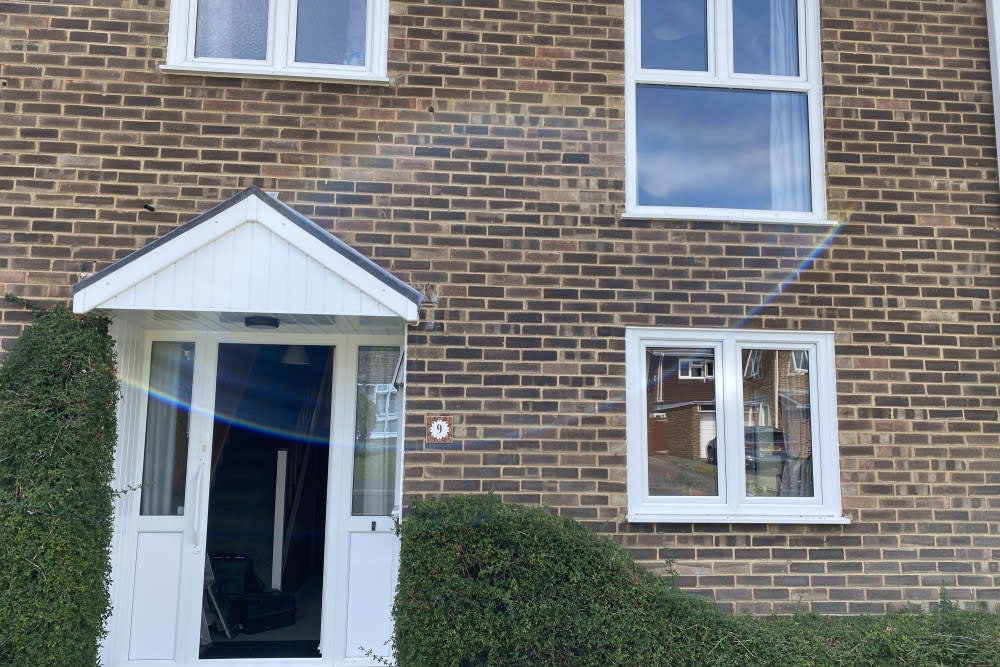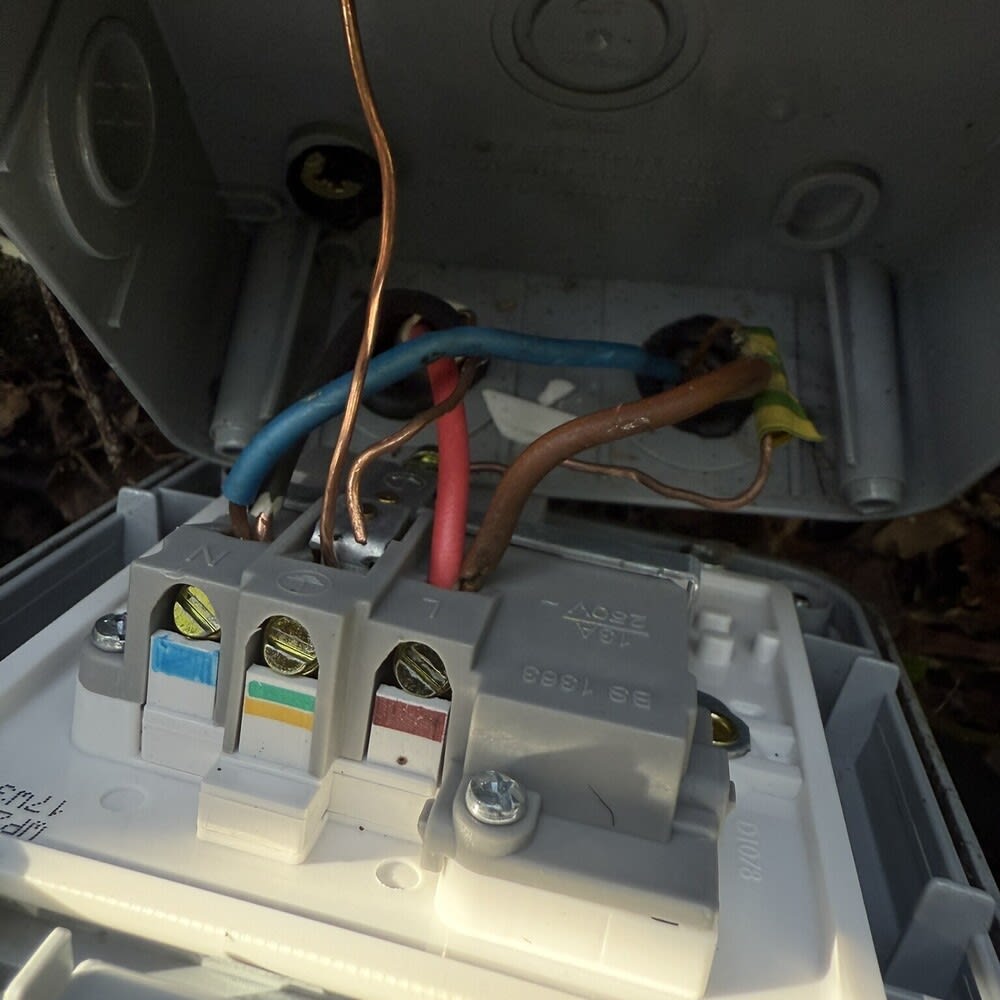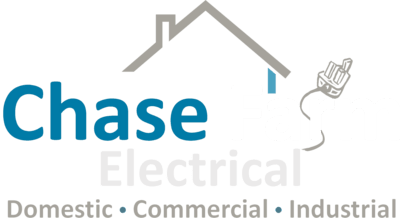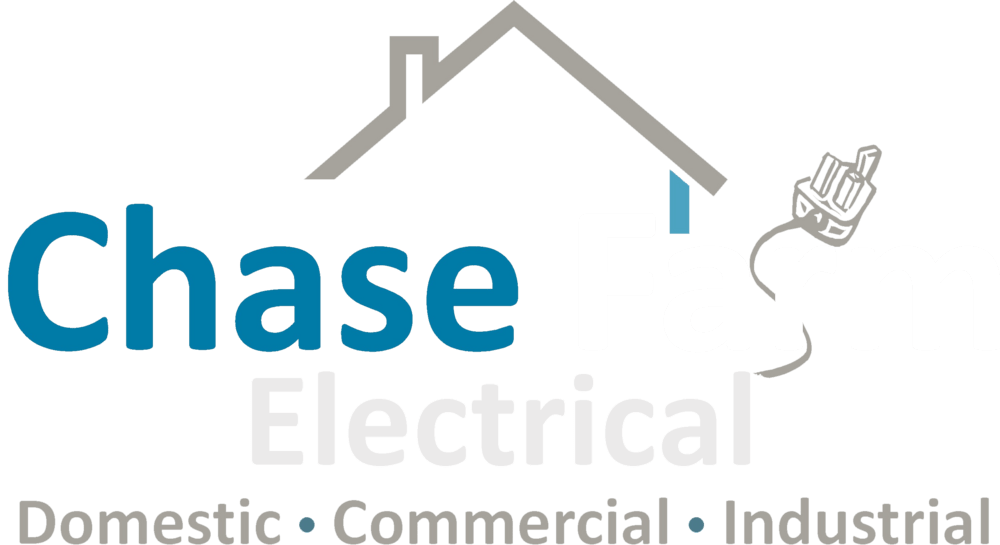
posted 17th September 2025

Why Has My Property Failed Its EICR Renewal? A Guide for Landlords
If you’re a landlord in the UK, you’ve probably come across the Electrical Installation Condition Report (EICR). Since 2020, every rental property must have a valid EICR carried out at least every five years.
But many landlords are surprised when a property that “passed” five years ago suddenly fails its EICR renewal.
“This property has been fine for years – why is it a problem now?”
Here’s the answer, and what you need to know as a landlord in 2025.
What Is an EICR and Why Landlords Need One
- An EICR (Electrical Installation Condition Report) is a professional assessment of your property’s wiring, consumer unit (fuse board), and overall electrical safety.
- It doesn’t mean your property has to look like a new build, but it must be safe for tenants today.
👉 Learn more: Government Guidance on Landlord Electrical Safety
Why Issues Appear at Renewal
- The Wiring Regulations (BS 7671) – the standard electricians use – are updated regularly (2018, 2020, 2022).
- That means something that was acceptable in 2020 may now be coded as unsatisfactory in 2025.
👉 Read more: IET – 18th Edition Resources
When Are EICR Tests Required?
Landlords are legally required to ensure that a valid EICR is in place for their rental properties.
The law sets a maximum interval of 5 years between inspections for the private rented sector. However, the actual recommended date for the next inspection is determined by the qualified inspector carrying out the EICR, based on the condition of the installation.
This means that while many properties will be given the standard 5-year retest date, some may be recommended for earlier re-testing (for example, in 1 or 3 years) if the installation shows signs of wear, age, or higher risk factors.
Regulation reference:
The Electrical Safety Standards in the Private Rented Sector (England) Regulations 2020 require landlords to ensure that electrical installations are:
“Inspected and tested at intervals of no more than 5 years, or more frequently if specified in a report by a qualified person.”
In practice, this means:
- At least every 5 years (the maximum interval allowed).
- Sooner if your EICR report recommends it, based on the electrician’s professional judgement.
- At the start of a new tenancy, unless a valid, in-date report already exists.
- After major electrical works or significant alterations, to confirm continued safety.
👉 Read more: Gov.uk – Landlord Electrical Safety Guidance
.
Common Reasons Properties Fail EICRs in 2025
1. Missing RCD Protection
- RCDs (Residual Current Devices) must now protect all sockets, bathroom circuits and lighting circuits.
- They greatly reduce the risk of electric shock and fire.
- If your consumer unit doesn’t provide full RCD cover, it may be coded as a Code 2 - potentially dangerous.
👉 Electrical Safety First – RCDs explained
2. Outdated Consumer Units (Fuse Boards)
- New consumer units must be non-combustible (metal).
- Older plastic consumer units are not automatically unsafe. However, if signs of heat damage are present, modern protective devices are missing, or the unit is installed within a sole route of escape, it may be recorded as a Code 2 (potentially dangerous) or Code 3 (improvement recommended).
👉 IET Wiring Matters – BS 7671 changes
3. Earthing and Bonding
- Bonding to gas and water pipes must now meet modern sizing standards.
- Missing or undersized bonding is a common unsatisfactory finding.
👉 HSE – Electrical Safety and You
4. Lighting Circuits Without RCDs
- Lighting circuits didn’t previously require RCD protection.
- Today, all new domestic lighting circuits must have RCDs, especially in bathrooms or for circuits covering external lighting points.
5. General Wear and Tear
Even identical houses can produce different results due to:
- Tenant use and load on circuits
- DIY or alterations over the years
- Normal deterioration of sockets, switches, and connections
6. Work carried Out by Unqualified Persons
- Past alterations or repairs may have been carried out by people who were not qualified electricians.
- This can lead to unsafe connections, undersized cables, or incorrectly installed circuits that only show up when tested properly.
- Even if the installation looks fine at face value, hidden issues may be uncovered during an EICR, resulting in unsatisfactory codes.
👉 Electrical Safety First – Why Use a Registered Electrician?
Landlords’ Legal Duties for Electrical Safety
Since June 2020, landlords must have a satisfactory EICR for new tenancies. From April 2021, this extended to all existing tenancies.
If an EICR highlights issues coded as:
- C1 (Danger present)
- C2 (Potentially dangerous)
- FI (Further investigation required)
➡ These must be rectified within 28 days (or sooner if specified).
👉 Gov.uk – PRS Electrical Safety Standards
Key Takeaways for Landlords
- An EICR doesn’t fail a property just for being old.
- It only highlights risks that modern safety standards say need attention.
The most common fail points are:
- Missing RCD protection
- Outdated consumer units
- Missing or undersized bonding
- Wear and tear in accessories
- Unsafe work carried out by unqualified persons
How to Get Help With Your EICR
If your EICR has highlighted issues and you’re not sure what they mean, we can help.
We provide:
✅ Plain-English explanations of your report
✅ Competitive remedial works quotes
✅ Compliance certificates for your records
📞 Contact us today to discuss your property’s electrical safety and stay compliant with landlord EICR requirements.
Landlord EICR FAQ
❓ Does my fuse board (consumer unit) have to be replaced?
Not always. Older boards aren’t an automatic fail. However, if they show heat damage, missing RCD protection, or lack modern safety features, your electrician may recommend replacement.
.
❓ Why has this never been picked up before?
Because the regulations change. What was acceptable in 2015 or 2020 may not be safe enough in 2025. The EICR is about checking against today’s standards – not when the property was built.
.
❓ Will every property on my estate now have the same issues?
Not necessarily. Even identical houses can test differently depending on tenant use, alterations, or natural wear and tear.
.
❓Do I legally have to fix every single issue in the EICR?
No – only issues coded as:
- C1 (Danger present)
- C2 (Potentially dangerous)
- FI (Further investigation required)
These must be fixed within 28 days (or sooner if the report specifies).
⚡Note on Code 3 (C3) observations:
These are not immediate fails — they’re classed as “Improvement Recommended”. A C3 means the installation is safe to continue in use, but there is a recognised deviation from current regulations that, if left unaddressed, may lead to maintenance issues, future failures, or reduced safety.
While you are not legally obliged to carry out C3 works right away, many landlords choose to treat them as part of a planned maintenance schedule. Tackling these improvements proactively can help reduce costs in the long run, avoid disruption at future inspections, and ensure your property remains as safe and up to date as possible.
.
❓Do I have to upgrade everything to the latest regulations?
No. An older installation can still be satisfactory, provided it is safe. Only issues that present a risk, based on current standards, need action.
.
❓ What happens if my report says to retest sooner than 5 years?
That’s normal in some cases. The regulations say inspections must be done at intervals of no more than 5 years, or more frequently if specified by a qualified person. If your electrician recommends 1 or 3 years, that becomes your legal duty.
It’s also important to note that a valid, in-date EICR must be in place at the start of every new tenancy. If your report is due to expire soon, or the property has had significant electrical work, a new inspection may be required sooner than the standard 5-year interval.
.
❓Could my property fail because of DIY or unqualified electrical work?
Yes. Many failures are linked to work carried out by people who weren’t qualified electricians. These issues may not be visible day-to-day but can cause hidden risks that only show up during testing.
.
❓ What happens if I ignore an unsatisfactory EICR?
Landlords are legally required to act on an unsatisfactory report. Failure to do so can lead to fines of up to £30,000 and difficulties with insurance and tenancy compliance.
.
❓What’s the most common reason properties fail in 2025?
The number one issue is missing RCD protection for sockets, lighting, and bathrooms. Other frequent findings are outdated fuse boards, undersized bonding, DIY work, and signs of wear.
⚡ Tip for landlords: Understanding these basics before booking your next EICR will help you avoid surprises and plan for potential updates.
Useful Links for Landlords
- Electrical Safety First – Safety Around the Home
- IET – BS 7671: 18th Edition Resources
- HSE – Electrical Safety
- Gov.uk – Electrical Safety Standards in the Private Rented Sector
.
NICEIC Certification
Work with qualified electricians who adhere to the latest standards.
Transparent Pricing
Clear, upfront costs with no hidden fees.
Customer Satisfaction
Our NIC EIC Platinum Promise ensures peace of mind with every project.
Proven Expertise
Trusted by Hampshire homeowners for over 15 years.
Stay Compliant and Protect Your Tenants
Electrical safety isn’t just about ticking a box — it’s about protecting your tenants, safeguarding your property investment, and staying on the right side of the law.
At Chase Farm Electrical, we specialise in helping landlords and letting agents stay compliant with the latest electrical standards.
From carrying out EICRs to completing remedial works quickly and efficiently, we provide clear advice and reliable service you can trust.
Don’t wait until an inspection catches you off guard — let us help you stay ahead.
.









